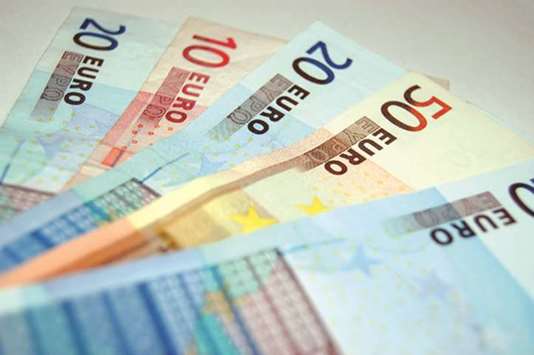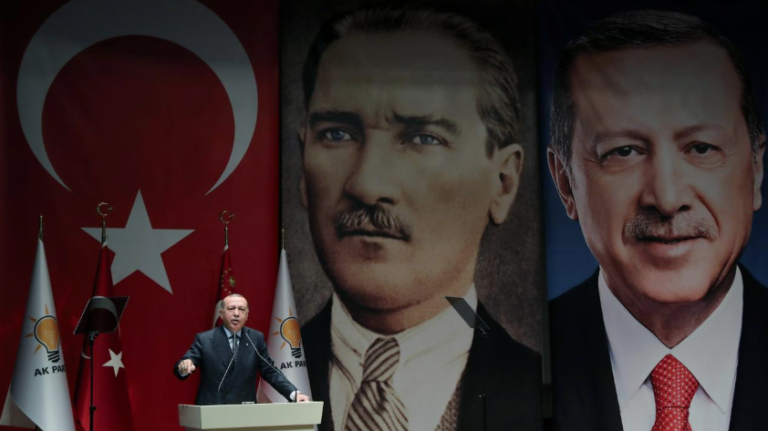After shelving biggest-ever IPO, Saudi faces a tough bond sale

Bloomberg Brussels
Aramco needs to raise up to $70bn, but bond investors could prove tough customers

Two months after Saudi Arabia pulled a share sale that could have raised $100bn for its sovereign wealth fund, the kingdom faces a tough sell in convincing bond investors to pick up the tab.
Saudi financial engineers are cooking up a plan to raise as much as $70bn for the Public Investment Fund by having state oil giant Aramco buy PIF’s entire stake in sister company Sabic. That could include a bond sale the likes of which the world has never seen.
Problem is, this year’s selloff in emerging markets has sent borrowing costs surging and new debt issuance has dried up, with offerings down 14% from last year.
And yet Crown Prince Mohammed bin Salman needs to flood PIF with cash so it can accelerate a buying spree that’s seen it snap up stakes in Tesla Inc and Uber Technologies Inc since 2016. His vision is that by 2030, PIF will control $2tn in assets just as oil’s dominance worldwide starts waning.
Since shelving plans in July to sell 5% of oil giant Aramco to the public, the prince has shifted gears and now wants to keep ownership in the kingdom’s hands with the Sabic deal. As Aramco met bankers in London last week to figure out how to pay for the acquisition, the question on everyone’s mind is: Can the Saudis pull it off?
1) How much could Aramco feasibly raise in the bond market?
Aramco’s issuance could conceivably be the biggest corporate bond sale if it surpasses the $49bn Verizon Communications Inc raised in 2013 to buy a stake in Verizon Wireless Inc. Bond brokers are divided on how much appetite there will be. Some say Aramco won’t be able to raise more than $10bn at the price it wants; others think it can pull off $50bn or even $70bn.
That may be ambitious. Once person with direct knowledge of the financing talks said Aramco is likely to arrange a short-term bridge loan with a group of banks of potentially $40bn. Bankers would then aim to raise at least part of that amount in the bond market.
To be sure, Saudi Arabia isn’t afraid to go big. Since Prince Mohammed first unveiled a plan to transform the kingdom’s economy in 2016, the sovereign has raised upwards of $50bn on international bond markets, including the biggest-ever EM sale of $17.5bn that year.
2) Can the market absorb a mega Saudi bond?
Markets are in a different place now than they were in 2016. It’s not as compelling for investors hunting for yield to venture into emerging markets when US interest rates are on the rise. Add to that concerns that major developing economies are either facing slowing growth of entering recessions, and the argument in favor of taking on EM risk has fallen apart.
“It’ll be a big stretch on the market, if they want to do more than $20bn by year-end,” said Pavel Mamai, the co-founder of hedge fund Promeritum Investment in London.
3) Who is likely to buy the Aramco bond?
Given that Saudi Arabia is an investment-grade issuer, some of the world’s biggest sovereign wealth funds are likely to back the Aramco offering nonetheless. This is especially true because the notes are likely to be eligible for inclusion in the JPMorgan Emerging Market Bond Index tracked by $360bn of investors. That said, since Aramco may be deemed a quasi-sovereign issuer, loading up on this much debt could prompt ratings companies to reconsider their grades. Since 2016, the three major ratings firms have knocked down Saudi Arabia’s at least one notch.
4) Why might traditional
emerging-market investors hesitate?
Demand could be capped because investors have plenty of options in EM. The yield on Saudi Arabia’s $5.5bn of 10-year debt sold in 2016 is now at 4.14% – almost two percentage points less than the average for sovereign Eurobonds on the Bloomberg Barclays Emerging Markets Hard Currency Aggregate Index.
Buyers are better off in places like Argentina, Russia and Turkey – where 10-year debt yields as high as 10%, according to Lutz Roehmeyer, chief investment officer at Capitulum Asset Management in Berlin. “So many bonds get completely destroyed in the recent selloff that you can pick up now so many cheap bonds that high grade issuer will face little crossover inflows.”
5) But those issuers are junk-rated surely investors chasing high-grade debt will be keen on Aramco?
True, Saudi Arabia offers investors seeking stability a place to park their cash. The sovereign holds an A1 rating at Moody’s Investors Service, the fifth-highest investment grade. Oil prices are up 18% this year and the Saudi central bank has almost $500bn in foreign assets.
Aramco isn’t rated though, and investors may not be keen to hold long-term debt in a pure oil play when oil demand is forecast to increasingly be replaced by renewable energy. There was also a broad selloff in investment-grade debt in the past year, with companies like Apple Inc offering 3.57% yields on notes due in 2026.
Saudi Arabia will have to give a competitive first-issuer premium to woo this segment of buyers. Angad Rajpal, a senior fund manager at Emirates NBD Asset Management, said anywhere from 25 basis points to 40 basis points above equivalent-maturity Saudi sovereign debt would do the trick.
6) Where does this leave banks?
If Aramco can pull off a mega bond sale, it could mean a fee bonanza for bankers reeling from the cancellation of the IPO, according to Jeff Nassof, a director at Freeman & Co in New York. If it can raise $70bn of bonds to fully fund the Sabic purchase at a fee rate of 0.1%, for instance, banks could get a $70mn windfall, the largest underwriting fee ever paid in the Middle East.
But that’s a big if. Whatever Aramco can’t raise in bonds it will presumably need to borrow in loans, which means more Saudi risk on bank balance sheets. Lenders have already extended tens of billions of dollars in loans to help the kingdom weather the downturn in oil since 2014.








